Background
Facial masculinization surgery is most commonly performed at three skeletal levels:
- Lower jawline
- Midface (cheeks)
- Upper brow bones
While other areas may be addressed, these regions are the most frequently augmented for masculinizing effects. Each shares a natural convexity, and surgery aims to enhance this by adding projection to otherwise flat or underdeveloped contours.
Implants remain the most reliable method for enhancing facial convexities. Unlike injectable fillers—which lack permanence and precise shape control—implants provide assured volume retention and come in convex outer shapes specifically designed to create or strengthen existing bony contours.
Standard vs. Custom Implants
Not all implants are created equal.
- Standard implants (chin, cheek, jaw angle) are widely available and designed for average augmentations that fit a broad range of patients. To achieve this universality, their coverage areas are limited. They are most effective for spot augmentations—small, targeted corrections of mild to moderate contour deficiencies.
- Custom implants, however, are designed from 3D CT scans to fit an individual’s unique anatomy. They provide broader surface area coverage, allowing for more significant augmentation effects. This makes them ideal for patients seeking dramatic changes or comprehensive structural enhancement.
Case Study
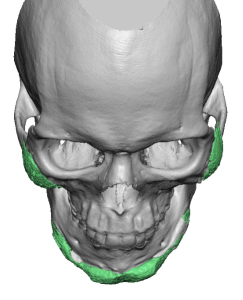
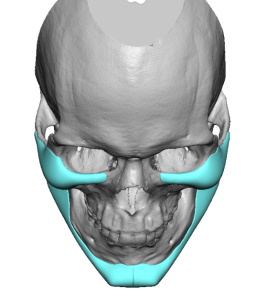
- Custom jawline implant: wraparound design, 21 ccs of volume.
- Custom infraorbital-malar (IOM) implants: wraparound design, 4 ccs per side.
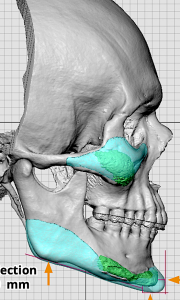
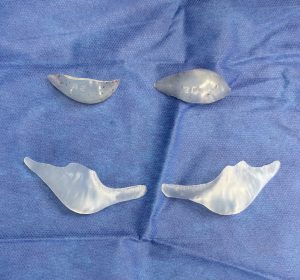
Results:
Greater volumetric enhancement was achieved due to the broader bone coverage of the custom designs.
- Increased surface contact translated into more substantial soft tissue displacement.
At the jawline—the critical transition between face and neck—the added volume also lifted neck tissues, providing a rejuvenating effect in this older male patient.
Key Insights
- Male structural enhancement typically focuses on the cheeks and jawline. Standard implants, even when modified, often fail to deliver optimal results.
- Custom implant design is guided by an understanding of the exact dimensional changes required, with prior implants offering valuable baseline information.
- Jawline augmentation not only enhances facial structure but can also rejuvenate by improving the face–neck transition in older patients.
Conclusion
The question in aesthetic augmentation is not whether custom implants outperform standard ones—they always do. The more relevant consideration is how much of a difference is needed to achieve the patient’s goals.
- For limited, localized contour improvements: standard implants suffice.
- For significant, transformative facial volume enhancement: custom implants are the superior choice.
? Dr. Barry Eppley
World-Renowned Plastic Surgeon

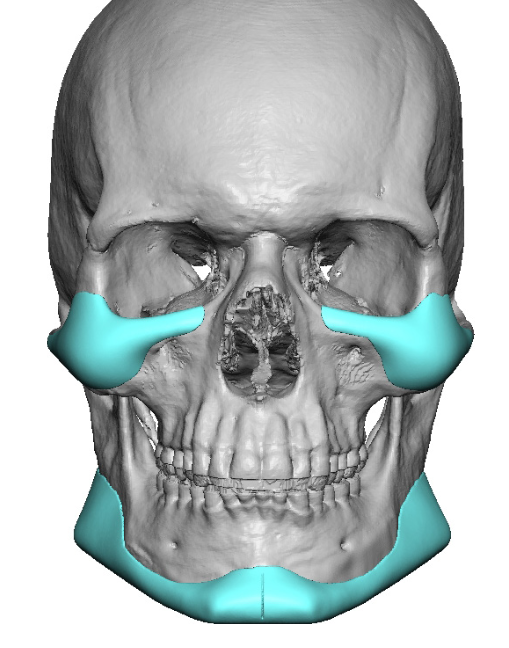
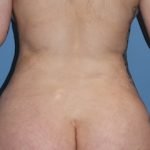
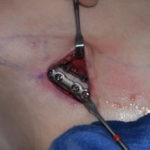

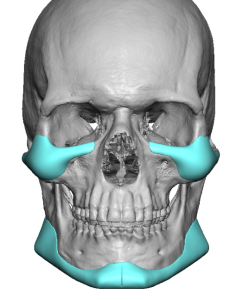
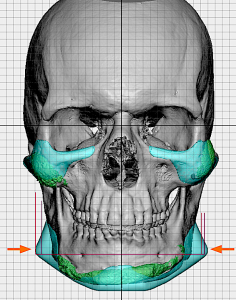
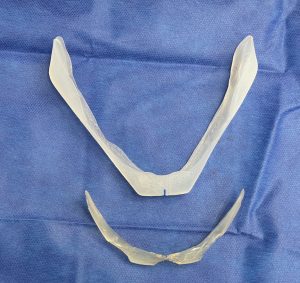
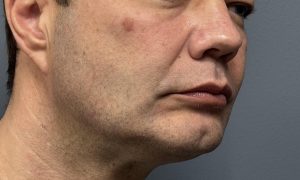
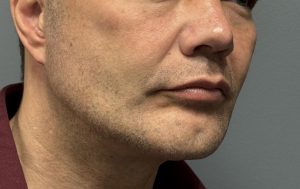
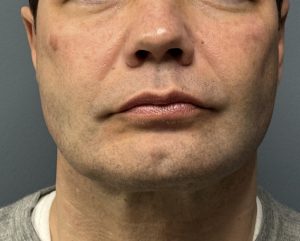
 Greater volumetric enhancement was achieved due to the broader bone coverage of the custom designs.
Greater volumetric enhancement was achieved due to the broader bone coverage of the custom designs.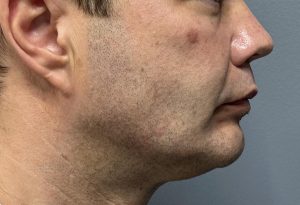
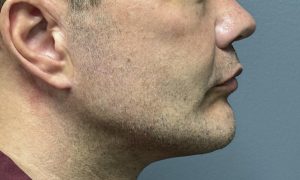 At the jawline—the critical transition between face and neck—the added volume also lifted neck tissues, providing a rejuvenating effect in this older male patient.
At the jawline—the critical transition between face and neck—the added volume also lifted neck tissues, providing a rejuvenating effect in this older male patient.